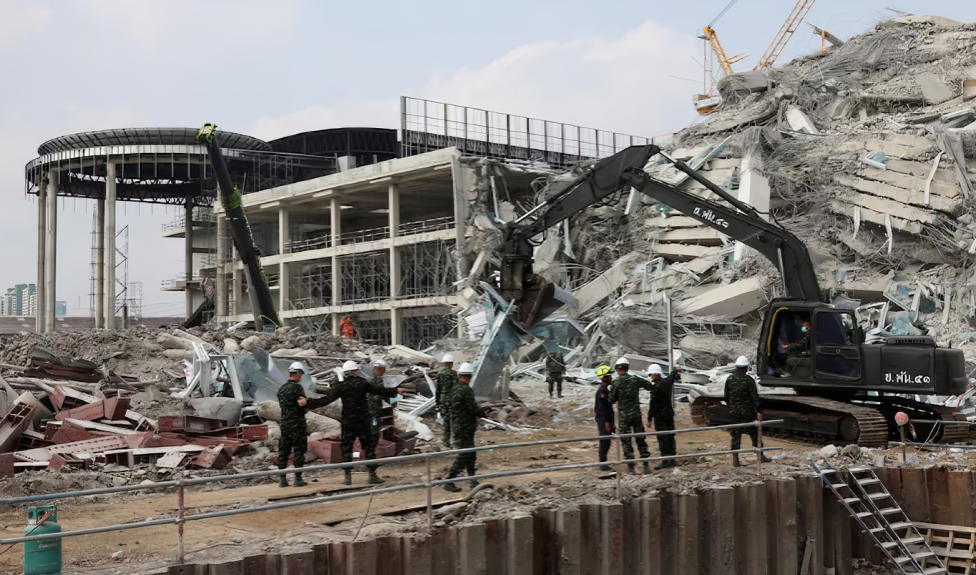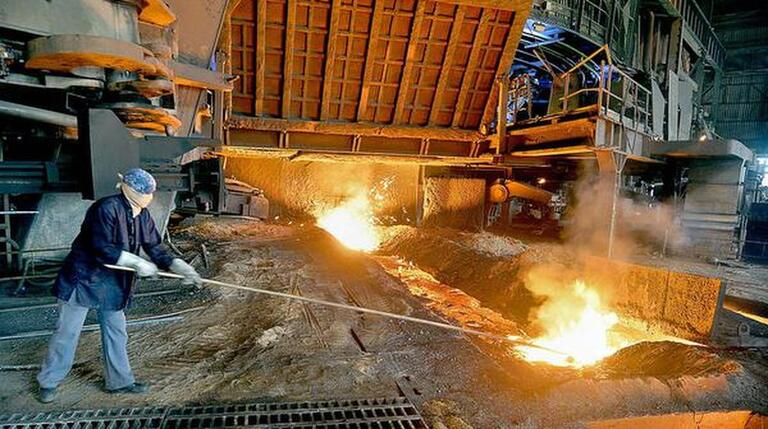
The devastating 7.7 magnitude earthquake that struck Myanmar on Friday has left over 1,000 people dead, marking one of the most catastrophic natural disasters in the country’s history. As rescue operations ramp up, international aid and emergency personnel are being deployed to assist in relief efforts.
Death Toll Rises Amid Widespread Destruction
The Myanmar military government confirmed on Saturday that the official death toll has reached 1,002, with fears that the number may continue to climb. The earthquake also caused extensive damage to infrastructure, crippling airports, highways, and bridges. Neighboring Thailand also experienced severe tremors, leading to the collapse of a high-rise building in Bangkok, resulting in at least nine fatalities.
Survivors Desperately Search for Loved Ones
In Mandalay, Myanmar’s second-largest city and one of the hardest-hit areas, survivors used their bare hands to dig through the rubble, desperately trying to rescue trapped individuals. The lack of heavy machinery and delayed response from authorities have made rescue efforts extremely challenging. Many fear that those still buried beneath debris may not survive much longer without immediate intervention.
International Aid and Rescue Teams Arrive
Following a rare appeal for global assistance, Myanmar’s junta leader, Senior General Min Aung Hlaing, visited Mandalay to assess the damage and coordinate relief efforts. Countries including China, India, Russia, Malaysia, and Singapore have dispatched rescue teams and humanitarian aid to assist the affected regions.
The Association of Southeast Asian Nations (ASEAN) has also pledged support, recognizing the urgent need for disaster relief. South Korea announced an initial $2 million humanitarian aid package, while China has committed $13.77 million in relief supplies, including tents, blankets, and medical kits.
Airports and Transportation Severely Affected
Myanmar’s National Unity Government (NUG) reported that the earthquake damaged at least 2,900 buildings, 30 roads, and seven bridges. The impact was so severe that both Naypyitaw and Mandalay International Airports were temporarily closed due to infrastructure damage. The collapse of Naypyitaw’s air traffic control tower has rendered it inoperable, further complicating relief operations.
Thousands Feared Missing as Search Continues
The U.S. Geological Service predicts that the death toll could surpass 10,000, with economic losses potentially exceeding Myanmar’s annual GDP. Despite rescue efforts, many remain trapped under collapsed buildings.
In Thailand, 1,000 kilometers (620 miles) from the epicenter, emergency teams continue their search at the site of the collapsed 33-story building in Bangkok. Drones, excavators, and search dogs are being used to locate 47 missing individuals, many of whom were migrant workers from Myanmar.
Thailand’s Deputy Prime Minister Anutin Charnvirakul assured the public that all possible resources were being deployed. “We always have hope. We are working around the clock to find survivors,” he said.
Families Await News Amid Tragedy
For many, the waiting game is unbearable. Chanpen Kaewnoi, 39, rushed to the collapsed building site in Bangkok after seeing news reports that her mother and younger sister were inside. “I keep calling my sister, but there’s no answer,” she said, fighting back tears. “I just want to see them again.”
What’s Next?
As Myanmar grapples with the aftermath of this catastrophic earthquake, the global community is stepping in to provide aid and relief. However, with ongoing civil unrest and limited resources, the road to recovery will be long and challenging.
Efforts are now focused on search and rescue, medical aid, and rebuilding infrastructure to help affected communities recover from this unprecedented disaster. The coming days will be critical in determining the full scale of the devastation and the effectiveness of global relief efforts.






